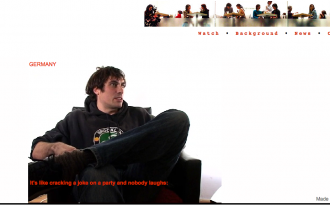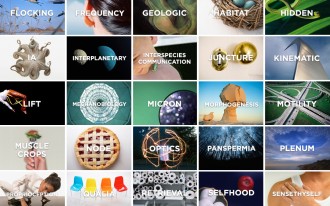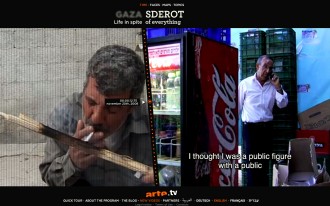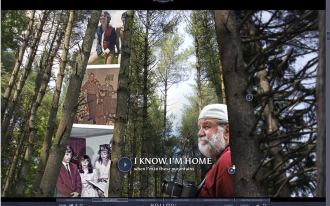Sandra Gaudenzi started her career as a television producer, then moved into interactive television, and has been teaching interactive media theory since 1999.
Sandra is one of the conveners of i-Docs, a conference that she co-initiated in 2011 while writing her PhD about interactive documentaries at Goldsmiths. She is Creative Director of i-Docs.org, curates conferences and professional trainings, and consults on independent interactive projects. What fascinates her is how digital technology can open new ways to document reality and how these explorations can empower us to actively change our world—and our understanding of it.
The Living Documentary
I do not see interactive technology as a tool, but as a process that brings cultural, aesthetic, and political changes. Within this context, interactive documentaries are not just portraying reality through digital media; they are modeling it, tacitly presenting a new contract to their audiences by inviting them to “take part.” A shift happens: by actively taking part, the user, the documentary, and the world are connected through a chain of cause and effect, a chain of change. Interactive documentaries become living entities: they have their behaviors, they depend on external entities, and they change through time. This is where it becomes fascinating: as for any living being, it becomes more interesting to look at what they can do, rather than attempt explanations of what they might mean…
This playlist is a tribute to the interactive documentaries that made a clear impact on me or in their relative field–it is a tribute to change, big or small.











